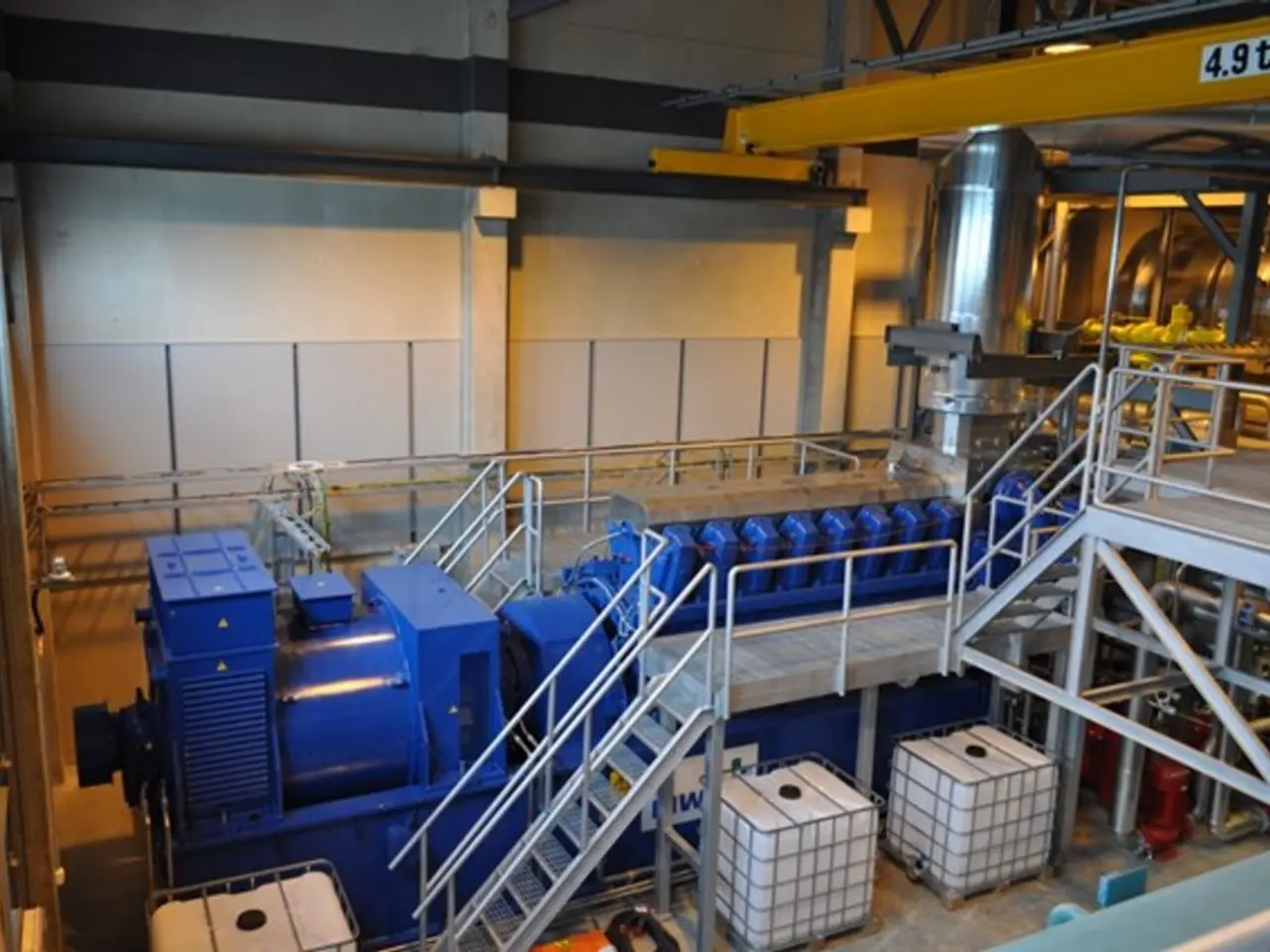Federal authorities should adopt a for-profit mindset, diverging from the traditional non-profit approach.
In a bid to improve efficiency and service delivery, the federal government is increasingly adopting a corporate mindset, integrating modern technology, streamlined spending, and data-driven decision-making into its operations.
One of the key strategies is modernizing the technology infrastructure. Agencies like the Federal Communications Commission (FCC) have successfully migrated the majority of their legacy IT systems to cloud platforms, enabling scalable, agile, and secure infrastructures that reduce operational costs and improve resource utilization. For instance, the FCC migrated 94% of its data centre operations to the cloud and decommissioned hundreds of underutilized servers, streamlining their tech stack and reducing inefficiency [1]. The use of Artificial Intelligence (AI) can also help handle massive data inputs efficiently with limited personnel and funding, enabling better analysis, automation, and predictive capabilities to support decision-making [4].
Data-driven decision-making is another crucial aspect. Federal agencies are prioritising data as a critical asset, leveraging analytics to inform decisions, identify inefficiencies, and tailor interventions. This approach supports agile project iteration, fosters accountability, and drives performance improvements [1][3]. Contract management and acquisition teams use data analytics combined with human-centered strategies to enhance compliance, innovation, and operational efficiency [2].
The adoption of agile, iterative project management is another significant step. Government initiatives benefit from starting small with pilot programs, iterating based on feedback and measurable outcomes, and scaling what works. This approach reduces risk and avoids wasted time and spending on overly complex, pre-packaged solutions that fail to meet agency needs [1][3].
Streamlined spending and upskilling the workforce are also essential components of this transformation. Efficiency is enhanced by empowering and upskilling staff to manage new technologies and workflows effectively. Training programs focus on automated workflows and data-driven practices that reduce turnaround times and improve contract management [2]. Reforming performance management and adopting a results-oriented culture modeled on the private sector encourages accountability, rewards initiative, and reduces tolerance for low performance across federal employees [5].
Adopting technology ahead of the curve is crucial for the government's rapid modernization and evolution away from the nonprofit business model. To boost productivity, the government must ensure each vendor's contract is accurate and exact, using successful contracts as a guideline and a litmus test. Removing unnecessary regulatory red tape can help agencies adopt new technology faster and safer.
When integrating new technology into government operations, leaders should gather contextual insight from on-the-ground workers to maximize efficiency and support field-level workers in their daily tasks. To build a foundation of long-term productivity and success, the federal government needs to focus its spending on revitalizing agencies and their processes from the ground up.
Using existing frameworks to ensure data is complete, correct, and consistent can help standardize data processes across all federal agencies. Inaccurate data can render automation and AI initiatives ineffective, but if collected correctly, it can allow federal agencies to use AI and automation technology for improved communication and streamlined workflows.
Comprehensive modernization is a lengthy venture, and the time to start making foundational changes is now for the government to operate with the speed, strategy, and sophistication of successful global enterprises. The federal government has poured money into generating outcomes instead of optimizing processes, resulting in siloed communication methods, inefficient workflows, and near-useless data. The federal government is struggling to keep up with modernization, using outdated technologies to solve current problems.
The administration aims for an efficiency epiphany, requiring a complete shift in mindset for the government to function more like a corporation and less like a nonprofit. The current administration has made moves to revamp FedRAMP and the Software Acquisition Pathway in the Defense Department, but this mentality and practice should continue. Procurement, including information and technology, is centralized under the General Services Administration, opening the door for vendors to bring cutting-edge technology into the federal government.
Sources: [1] Partnership for Public Service. (2021). The State of Federal Management. Retrieved from https://www.ourpublicservice.org/sites/default/files/2021-04/2021-state-of-federal-management-report.pdf [2] IBM. (2020). The State of Federal Government Modernization. Retrieved from https://www.ibm.com/content/dam/ibm-com/us/en/docs/services/gbs/state-of-federal-government-modernization-report.pdf [3] Deloitte. (2020). The State of Federal IT Modernization. Retrieved from https://www2.deloitte.com/us/en/pages/public-sector/articles/state-of-federal-it-modernization.html [4] Accenture. (2020). The Future of Federal IT Modernization. Retrieved from https://www.accenture.com/us-en/insight-the-future-of-federal-it-modernization [5] Government Executive. (2021). The Biden Administration's Plans for Federal Government Reform. Retrieved from https://www.govexec.com/management/2021/02/biden-administrations-plans-federal-government-reform/170185/
The federal workforce is being upskilled and modernized to better manage new technologies and workflows, focusing on automated workflows and data-driven practices for improved contract management and performance [2]. Additionally, for the federal government to streamline spending and efficiently deliver services, it's crucial to integrate technology, finance, and business practices, such as AI, data-driven decision-making, and agile project management, to reimagine the workforce and effectively adapt to the demands of the 21st century [1,3,4,5].




